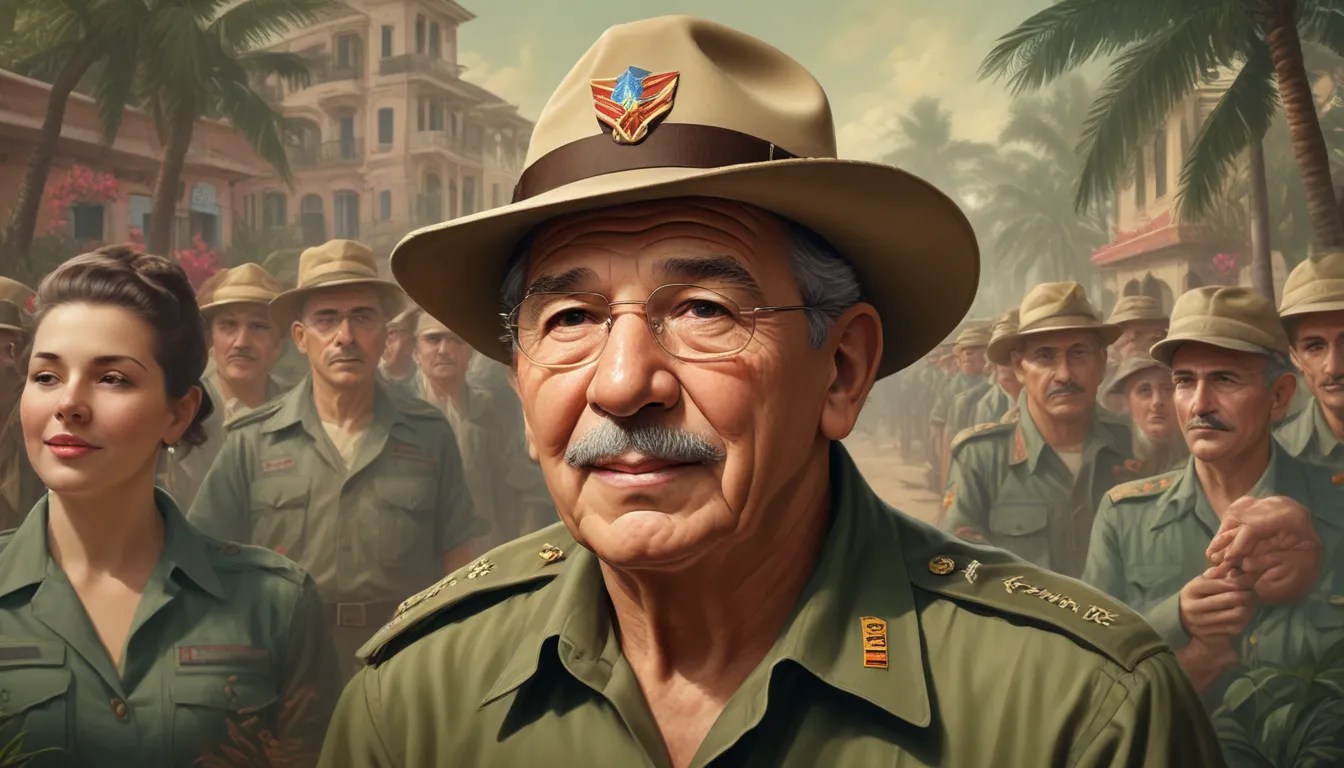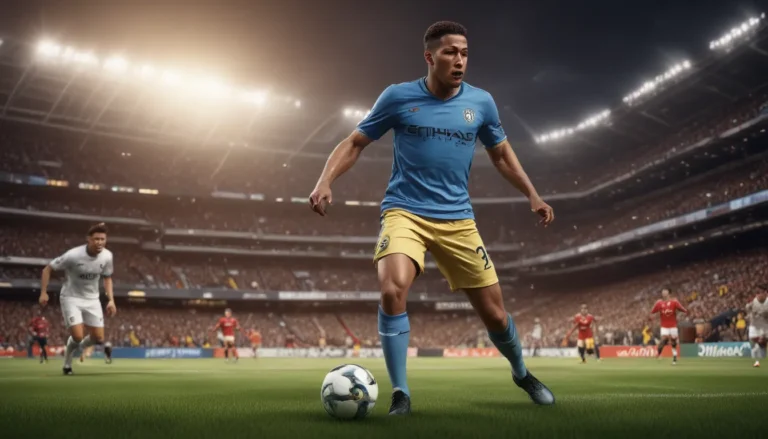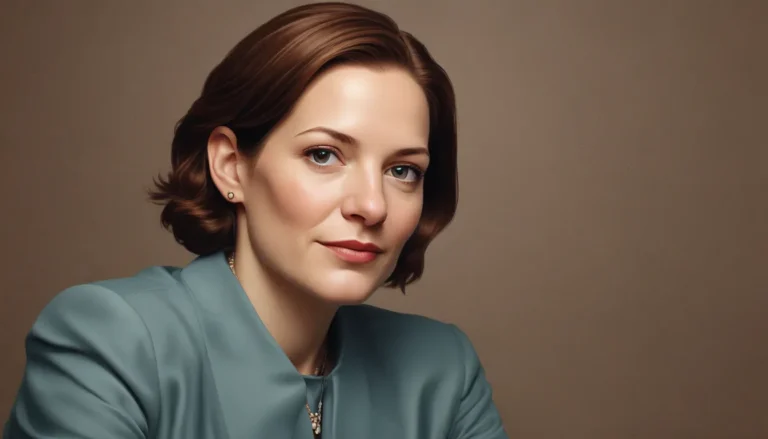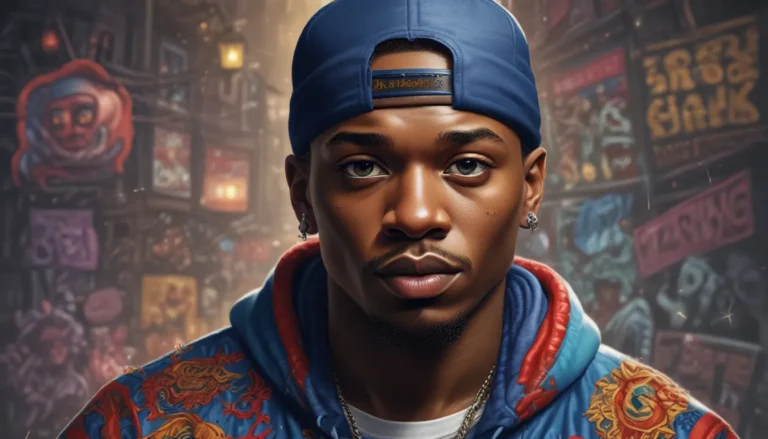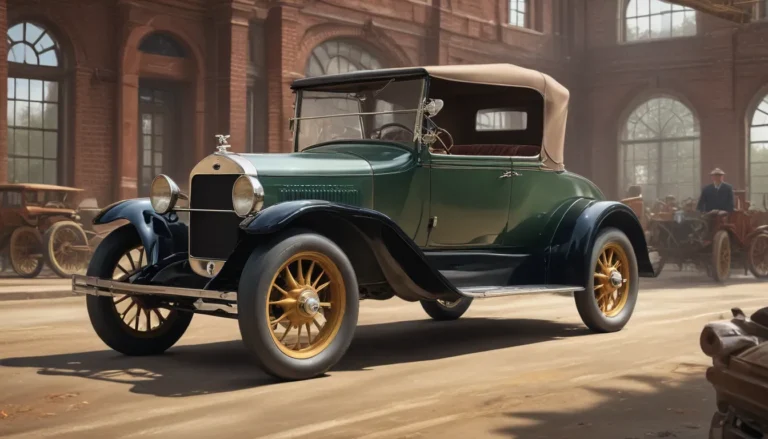The images in our articles may not match the content exactly. They are used to grab your attention, not to show the exact details in the text. The images complement the text but do not replace it.
Raúl Castro, a prominent figure in world politics, has left an indelible mark on the history of Cuba. As the younger brother of Fidel Castro, Raúl served as the President of Cuba from 2008 to 2018, implementing significant political and economic reforms during his tenure. Let’s delve into 12 astounding facts about Raúl Castro that shed light on his life, achievements, and the influence he wielded during his time in power.
Raúl Castro’s Rise to Power
Raúl Castro succeeded his brother, Fidel Castro, as the President of Cuba in 2008. During his decade-long presidency, Raúl made significant political and economic changes, marking a new era in Cuban politics.
The Cuban Revolution and Raúl Castro’s Role
Raúl Castro played a pivotal role in the Cuban Revolution, fighting alongside his brother to overthrow the U.S.-backed dictator Fulgencio Batista. This revolution, culminating in 1959, brought the Castro brothers to power and set the stage for their leadership.
Economic Reforms in Cuba Under Raúl Castro
Recognizing the need for economic restructuring, Raúl Castro implemented reforms aimed at boosting the Cuban economy. These included allowing private enterprise, encouraging foreign investment, and improving the standard of living for Cuban citizens.
Diplomatic Relations and Meetings with World Leaders
During his presidency, Raúl Castro engaged in diplomatic meetings with influential world leaders such as Barack Obama, Pope Francis, and Vladimir Putin. These meetings played a crucial role in shaping Cuba’s relationships with other nations.
Transition of Power and Continued Influence
Although Raúl Castro stepped down as President in 2018, he retained political influence within the Communist Party of Cuba. His leadership positions ensured his continued impact on the country’s affairs.
Educational Reforms and Healthcare Advancements
Raúl Castro focused on improving education in Cuba, increasing access to education and investing in educational infrastructure. Additionally, under his leadership, Cuba’s healthcare system saw significant advancements, solidifying the country’s reputation for high-quality medical professionals.
Environmental Conservation and Sustainable Development
Raúl Castro prioritized environmental conservation and sustainable development, implementing policies to preserve Cuba’s natural resources and promote eco-friendly practices. His commitment to protecting the environment reflects his broader vision for Cuba’s future.
Socialist Ideals and Advocacy for Social Justice
Throughout his political career, Raúl Castro championed socialist ideals and advocated for equality and social justice. His unwavering commitment to the principles of socialism shaped his policies and decisions as a leader.
Controversies and Criticisms
Despite his accomplishments, Raúl Castro faced criticism for limiting political freedoms and stifling free speech in Cuba. Critics argued that political dissent was suppressed under his leadership, raising concerns about human rights issues in the country.
Legacy and Impact on Cuban Politics
Raúl Castro’s transition of power marked a new era in Cuban politics, signaling the potential for further changes in the country’s political landscape. His legacy as a prominent figure in Cuban history will continue to be studied and debated for years to come.
Conclusion
Through the exploration of these 12 astounding facts about Raúl Castro, it is evident that his leadership has had a profound impact on Cuba’s history. From his revolutionary days to his presidency and beyond, Raúl Castro’s influence has shaped the political, social, and economic landscape of the country. As Cuba moves forward into a new era, the legacy of Raúl Castro will remain a significant part of its history.
FAQs
-
What is Raúl Castro known for?
Raúl Castro is known for his role in the Cuban Revolution and his leadership as the President of Cuba from 2008 to 2018. -
How long was Raúl Castro in power?
Raúl Castro served as the President of Cuba for a decade, succeeding his brother Fidel Castro in 2008. -
What is Raúl Castro’s ideology?
Raúl Castro is a staunch socialist and a member of the Cuban Communist Party, advocating for socialist principles and social justice. -
How did Raúl Castro impact Cuba’s relations with other countries?
Raúl Castro played a significant role in shaping Cuba’s relationships with other nations, promoting international solidarity and strengthening ties with like-minded countries. -
What is Raúl Castro’s legacy?
Raúl Castro’s legacy is complex, with praise for his revolutionary contributions and criticism for his government’s human rights record and restrictions on political freedoms.
As we reflect on the legacy of Raúl Castro, it is essential to recognize the multifaceted impact he has had on Cuba and the world. His leadership and contributions have left a lasting imprint on the history of the country, shaping its future trajectory in numerous ways.
